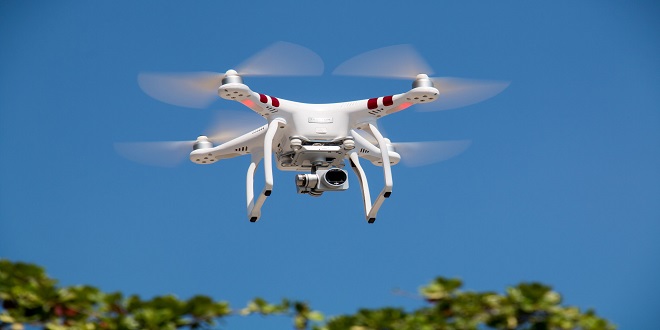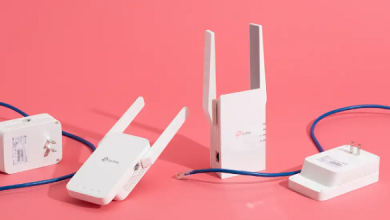
Markets Covered
This product covers these segments of the robotics/drone market:
Robots technology nineteen tech categories: Hardware (effector sensor, consumer robots, industrial robots, work robots, business network server, maintenance), software (command & control, network, specific applications), and Services (managing applications and education, training, site maintenance. Hardware deployment. Support, network consulting. Management and integration. Technology consulting. System integration.
The 17 technology groups that make up the drone system technology teams are: Hardware (effectors, sensors, customer drones, industrial drones, service drones, server, storage), software (command, control, network software and real applications), and services (application management, education and training, delivery and support of hardware and network consulting, management, integration, management and technology consulting, systems integration).
These use cases include Assembly, Automated Production-Mining; Autonomous Vehicles-Mining; Construction Site Inspection and Surveillance. Aerial Photography. Consumer. Inspection. Mixing. Filling. Prep. Painting. Leaf and phone inspection. Production inspection. Safety. Surgery. Vehicle and infrastructure inspection. Welding.
Industries : Insurance, security, investment services, banking, manufacturing, constructions, resource industries and stores. Wholesale, professional and personal services. Transportation, healthcare provider. Federal/central government, state/local government, education. Mobile phones, media, gadgets and consumer.
Solution types : Consumer drones, business drones, consumer Youibot robots, industrial robots, and service robots.
Data Deliverables
The application form can be submitted each year via web-based online bookings and quiz queries. Contact the IDC sales representative for a detailed shipping plan. These are the items that were added to the budget.
Terms of Use
IDC’s Worldwide Robotics and Drones Spending Guide provides guidance on the technology opportunities in this market, both at the local and global levels. This document is divided by technology component and industry case. It provides information to IT vendors about the fastest-growing segments of the robotics and drones market, as well as how it will grow over the next few years.
The United States didn’t wait for Covid-19 in order to adopt this technology across the Atlantic. The US Department of Defense has deployed Met biota’s predictive analysis software which, like Bluecoat uses machine learning (ML), to determine the risk of contagion. It was activated to deal with the current crisis. It uses training data that includes socioeconomic, political, and environmental data. The Harvard University School of Medicine also publishes a map of world viruses to track their spread.
In recent weeks, the coronavirus has been in first place. It is essentially the same methodology. NLP bots search the internet for signals about virus evolution. This includes news sites, health announcements, and messages on social media that elicit symptoms.
The illness can also be detected by other cartographic AI. North-eastern University, Boston, has proposed that air and land travel can predict the risk of viral infections. You can map the risk of transmission between countries by starting with data traffic (see image below). China is the most obvious country to claim that it has used this type extension. Feel free to visit to learn more about – Gramhir
Badu, China’s main search engine, developed an AI that can estimate the temperature of passenger flows at stations in order to monitor the spread of the epidemic. The solution uses computer vision algorithms to analyze infrared sensor data. It can detect temperatures of more than 200 people per hour with a margin error of 0.5 degrees. An alert is sent if the system detects that a person has reached 37.3 degrees.
Last word
The system was deployed at Beijing’s Qing he Station. It will be extended to Beijing South station and line 4 of Beijing’s metro. Police brigades were also equipped with helmets with infrared cameras that carry an image recognition model, which allows them to filter passengers according to their temperature.

